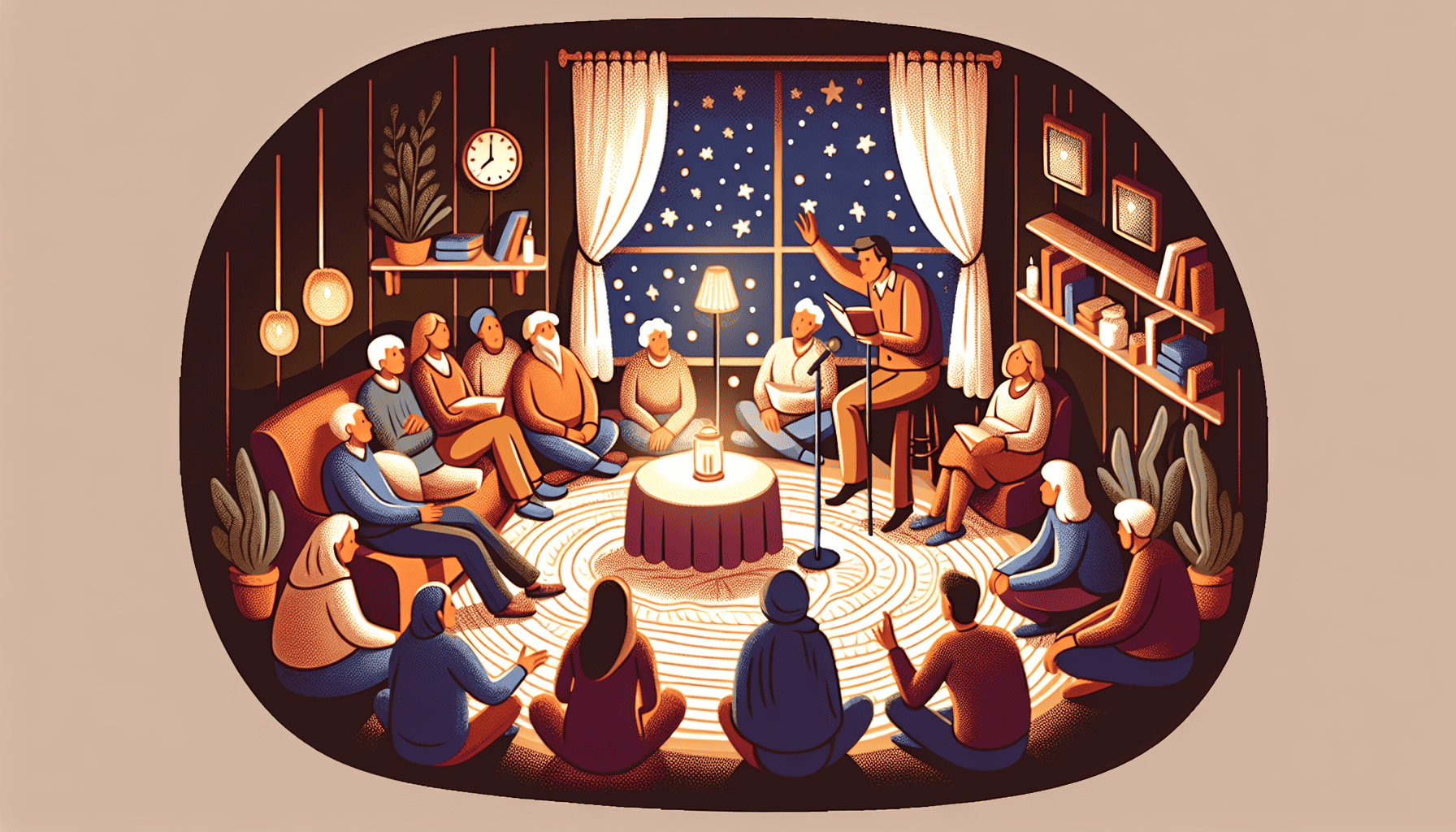Interactive storytelling has emerged as a powerful tool for bringing history to life, allowing audiences to engage with narratives in ways that are both educational and emotionally impactful. One remarkable example of this is the experience of Anne Frank's story through immersive storytelling sessions designed to educate and captivate participants of all age groups.
Anne Frank, the young Jewish girl whose diary has touched millions, lived through one of the most harrowing periods in history. Her story, set against the backdrop of World War II and the Holocaust, offers profound insights into themes of hope, resilience, and the human will to survive in the face of unimaginable adversity. By utilizing interactive storytelling, educators and historians aim to create a more visceral and engaging way to experience her story, ensuring that the lessons of the past remain relevant to present and future generations.
These interactive sessions are crafted using a blend of traditional storytelling, theatrical elements, and modern technology. Participants are not mere spectators but are encouraged to become part of the narrative. This approach allows them to deeply engage with the material, fostering an emotional connection that goes beyond what can be achieved through conventional methods of history education.
The storytelling journey begins by setting the historical context, introducing participants to the world in which Anne Frank lived. Through the use of period-accurate set designs, costumed actors, and audio-visual effects, the sessions transport audiences back to 1940s Amsterdam, where Anne and her family lived in hiding. By immersing attendees in this meticulously recreated environment, the storytelling sessions evoke a sense of empathy and understanding, encouraging participants to imagine life from Anne's perspective.
In addition to providing historical context, these sessions incorporate elements from Anne's diary, lending authenticity and depth to the narrative. Through excerpts from her writings, Anne's hopes, dreams, and fears are brought to life, giving participants a personal connection to her story. This direct interaction with Anne's words enables audiences to feel her presence, transforming her from a distant historical figure into a relatable, vivid character.
Interactive storytelling sessions are tailored to meet the needs and comprehension levels of various age groups. For younger audiences, the focus is on teaching core values of friendship, tolerance, and courage. Engaging activities, such as role-playing games and collaborative problem-solving exercises, help children to internalize these values while sparking curiosity about history.
For older participants, the sessions delve deeper into the socio-political circumstances of the time, encouraging critical discussions about prejudice, human rights, and the impact of war. This approach not only educates but also stimulates thought-provoking dialogue, allowing teens and adults to draw parallels between past and present events.
Incorporating modern technology, such as virtual reality (VR) and augmented reality (AR), enhances the immersive experience. VR can place participants in the Anne Frank House, offering a 360-degree perspective of the secret annex, while AR enriches the narrative with interactive historical artifacts that seem to come alive in the participant's hands.
Ultimately, the goal of these interactive storytelling sessions is to ensure that Anne Frank's story resonates across generations, keeping her memory alive while instilling valuable lessons about empathy, resilience, and the importance of standing against injustice. Through these immersive experiences, audiences leave with a profound understanding of history and a renewed commitment to fostering a more compassionate and understanding world.
